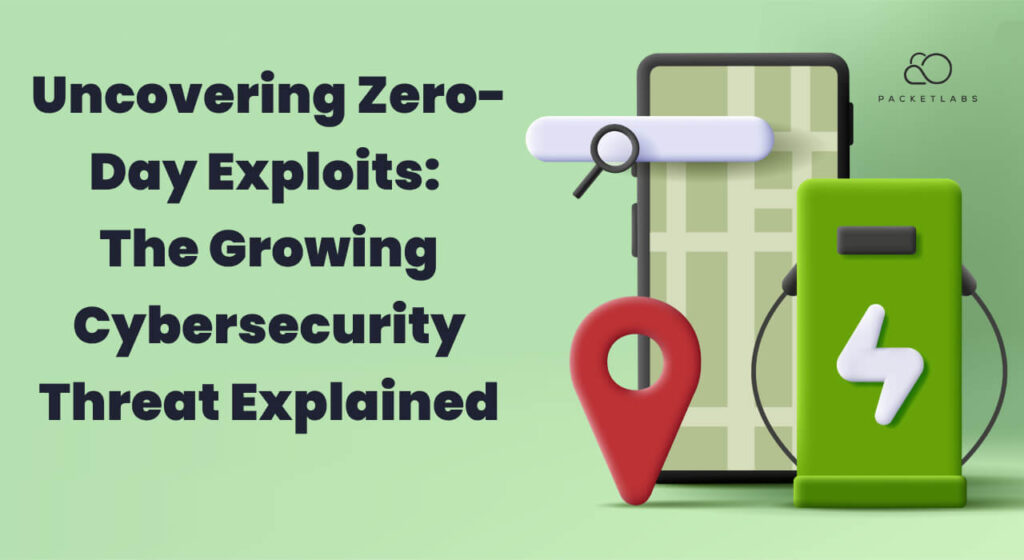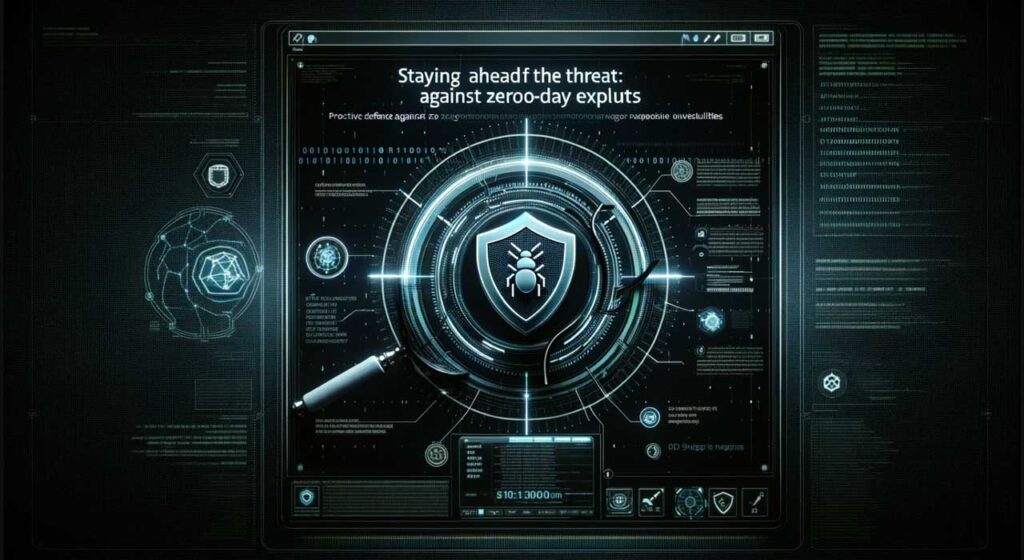
Zero-day exploits are cybersecurity nightmares. These are unknown flaws in software or hardware that hackers exploit before developers even know they exist. For cybercriminals, zero-day exploits are golden opportunities to steal data or disrupt systems.
The Nature of Zero-Day Exploits
These threats arise from software or hardware weaknesses that remain under the radar. Unlike common vulnerabilities, there’s no ready fix for a zero-day. This makes them particularly dangerous. Examples include Stuxnet, which targeted industrial systems, Pegasus spyware that snooped on high-profile figures, and WannaCry ransomware that caused global havoc.
What are Zero-Day Exploits?
Zero-day exploits are undisclosed flaws in software or hardware that hackers can use to infiltrate systems. They differ from known exploits because there’s no existing patch, making them a stealthy tool for cyber-attacks. Examples of zero-day exploits include:
1. Stuxnet
A computer worm discovered in 2010 that targeted industrial control systems, such as those used in nuclear power plants. Stuxnet exploited multiple zero-day vulnerabilities in Microsoft Windows, which allowed it to spread undetected and carry out its malicious payload.
2. Pegasus
A spyware tool developed by the Israeli company NSO Group, which was used to target journalists, activists, and politicians around the world. Pegasus used zero-day exploits in Apple’s iOS operating system to bypass the device’s security and gain access to sensitive data.
3. WannaCry
A ransomware attack that affected hundreds of thousands of computers worldwide in 2017. WannaCry exploited a zero-day vulnerability in Microsoft Windows that allowed it to spread rapidly and encrypt users\’ files, demanding payment in exchange for the decryption key.
How Zero-Day Exploits Work?
Zero-day exploits work by taking advantage of vulnerabilities or weaknesses in software, hardware, or systems that are unknown to the developers or vendors, and for which no patch or fix exists.
Here are the steps involved in identifying and exploiting a vulnerability using a zero-day exploit:
1. Discovery
The attacker identifies a vulnerability or weakness in a system or software that is unknown to the vendor or security community. This can be done through reverse engineering, fuzzing, or other techniques.
2. Exploitation
The attacker develops an exploit for the vulnerability that allows them to take control of the system, steal sensitive data, or launch a targeted attack. This may involve writing custom codes or using existing exploit kits.
3. Delivery
The attacker delivers the exploit to the target system or user, usually through a malicious email attachment, website, or file download. Social engineering tactics may be used to trick the user into opening the file or clicking on the link.
4. Execution
The exploit is executed on the target system, allowing the attacker to gain unauthorized access, steal data, or carry out a targeted attack.

Mitigating Zero-Day Risks
Defending against zero-day exploits is tough. Traditional antivirus programs often miss them since they lack known signatures. Organizations must keep software up-to-date and use advanced threat detection tools. Training employees to recognize and report potential threats is also crucial.
The Growing Zero-Day Threat
Why are zero-day threats escalating? Cyber attackers are getting more skilled, and new tech like IoT expands the attack surface.
Data is more valuable than ever, enticing hackers to exploit these vulnerabilities. Also, patching systems remains a challenge for many organizations, leaving gaps in defenses.
Emerging Solutions and Future Outlook
Looking ahead, AI and machine learning could be game-changers in detecting zero-day exploits. Cyber Threat Intelligence (CTI) is becoming vital in understanding and combating these threats. Innovations like blockchain and cloud security services are evolving to bolster defenses. Even with the advent of quantum computing, which could both strengthen and challenge cybersecurity measures, staying ahead of zero-day exploits will be a constant battle.
Zero-day exploits can strike hard and without warning. Organizations must stay alert, update systems, and educate staff. Investing in new tech and collaborating within the security community is also key. Together, we can tackle the ever-evolving cybersecurity challenges.
By implementing these changes, we’ve created an article that’s easier to read and more engaging. It now features shorter paragraphs, more straightforward sentences, and an active voice, making it more accessible to a broader audience.

